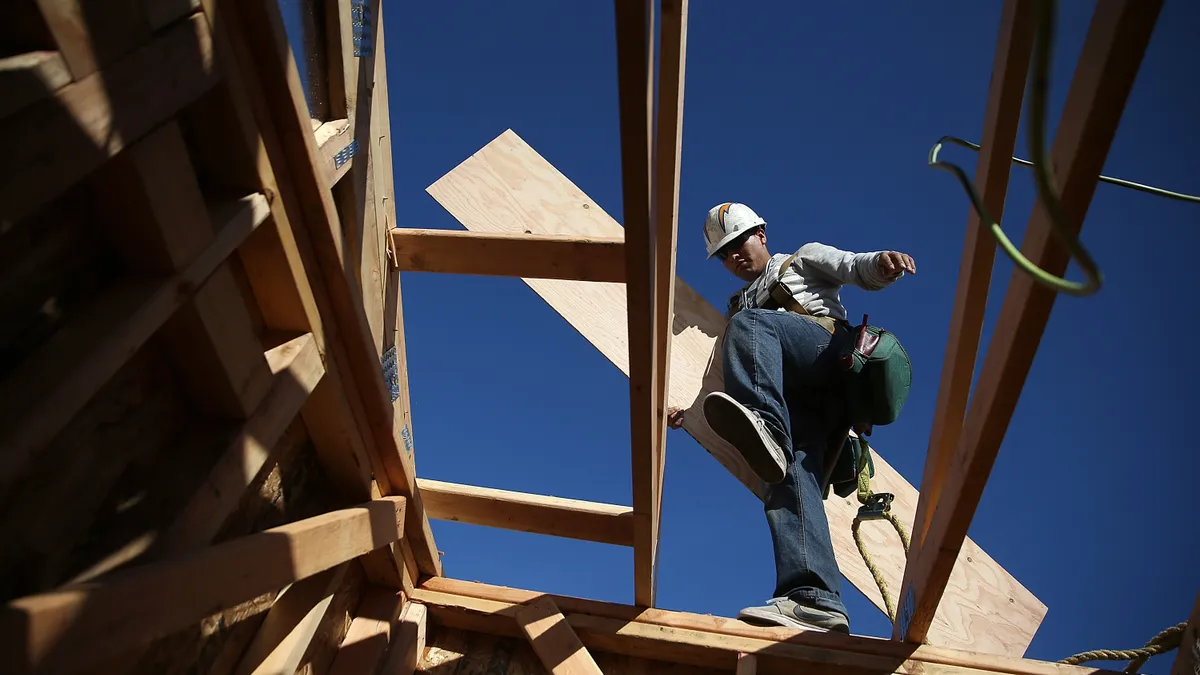Falls are the leading cause of jobsite death among construction workers, and OSHA issued citations for fall standard violations with a higher frequency than any other standard for the ninth consecutive fiscal year, according to data from CPWR, or The Center for Construction Research and Training.
In 2020, 353 construction workers died in falls to a lower level. Respondents to a CPWR survey — made up of people who witnessed, experienced or inspected a workplace fall — said lack of adequate planning serves as an underlying cause of falls.
Nearly half (48.8%) of those respondents indicated that no fall protection was in use at the time of the fall. Ensuring fall protection use, CPWR found, often ties to employer policy and enforcement.
“Employees’ beliefs about their company’s fall protection policy are strongly associated with their use of fall protection — that is, if the company requires fall protection, workers are much more likely to use it,” Jessica Bunting, CPWR’s director of research to practice told Construction Dive. “A lack of planning is also associated with a lower likelihood of using fall protection.”
Other findings
CPWR’s report also found that individuals working for subcontractors at the time of a fall are 2.7 times more likely to die compared to those employed by a general contractor. Additionally, the odds of a fall resulting in a fatality were 76% lower for those who had self-rescue training.
The primary causes of the fall, according to respondents (who could select up to three), included:
- Insufficient or ineffective planning (27.4%).
- Fall protection provided, but not used (21.7%).
- Improper use of fall protection (17.1%).
- Lack of relevant training (14.8%).
- Improper use of access equipment (13.1%).
- Failure of a walking/working surface (12.4%)
- Employers not providing fall protection (8.8%).
The report authors write that more research is needed to understand how to better encourage and support fall protection, but planning early in the construction process can help prevent hazards through design.
Consequences
In 31.7% of cases, an employer faced no penalty following the fall incident. One in four cases resulted in an OSHA citation or penalty and one in five resulted in higher insurance premiums for the employer.
However, in cases with fatal falls, employers were less likely to experience no consequences (9.2% of cases) and more likely to face an OSHA citation or penalty (59.6% of cases). About a quarter of respondents (26.9%) said their incident included a death.
OSHA’s standard requires fall protection at heights over 6 feet in the construction industry. Employers must:
- Guard floor holes where workers could accidentally fall.
- Provide guardrails and toe-boards around elevated, open-sided platforms.
- Provide guardrails and toe-boards if a worker could fall into or onto dangerous machines or equipment, regardless of height.
- Follow requirements for using gear such as safety harnesses, nets, stair railings and handrails.










